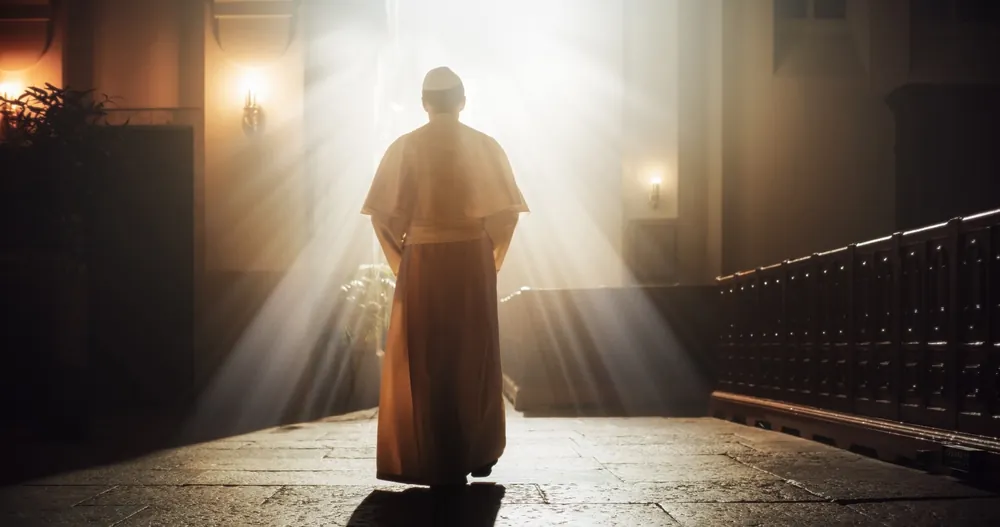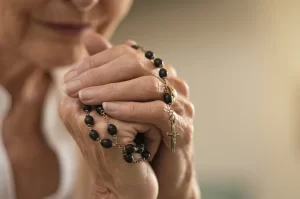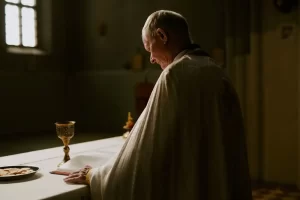Reuters reported Thursday that the Vatican’s child protection commission issued a strongly worded report that accuses senior Catholic leaders of failing to adequately support survivors of clergy sexual abuse or ensure accountability for those responsible. The 103-page report marks one of the most candid internal critiques ever released by the Church’s own safeguarding body, citing a “persistent refusal to engage with victims in good faith.”
The commission, formed in 2014 and now under new leadership following the election of Pope Leo, said many survivors continue to receive little to no information about how their cases are handled or whether negligent bishops have faced discipline. The report also revealed that some Vatican offices have been slow to share data or implement child protection measures.
“In many cases, survivors report that the Church has responded with empty settlements, performative gestures, and a persistent refusal to engage with victims in good faith,” the report stated.
Advocates said the findings confirm what survivors have been saying for years. “This report should serve as a wake-up call to Pope Leo,” said Anne Barrett Doyle of Bishop Accountability, a group that documents clergy abuse worldwide.
The report evaluated Church safeguarding practices across 22 countries and one Vatican department, the Dicastery for Evangelization, which oversees Church operations in developing nations. The commission found that the office had only one official assigned to abuse prevention and that overlapping responsibilities with other departments created “confusion and delays.”
Maud de Boer-Buquicchio, a Dutch jurist and commission member who helped draft the report, said the lack of funding for child protection remains a serious concern. “Resources is a major issue,” she said at a Vatican press briefing. “It’s a matter of availability of funding, and the scarcity of funding is a reality everywhere.”
The commission also criticized Italy’s bishops for limited cooperation. Of the country’s 226 dioceses, only 81 responded to a Vatican questionnaire on safeguarding procedures—one of the lowest participation rates among nations studied. In contrast, South Korea’s Church leaders provided full participation.
The report calls for greater transparency when bishops are removed for mishandling abuse cases, urging the Vatican to publicly state when resignations or dismissals are related to misconduct or negligence. While the late Pope Francis made tackling clergy abuse a cornerstone of his papacy, advocates continue to push for a universal zero-tolerance policy for offenders and stronger enforcement mechanisms.
Pope Leo, who met with commission members earlier this year, has not yet commented on whether the new findings will lead to policy changes.
While the new report by the Pontifical Commission for the Protection of Minors does not single out the U.S. Church by name in its detailed country-by-country analysis, it repeatedly holds up the American model as a de facto benchmark for what global reform could look like. For example, survivor groups invoked the “one-strike” policy adopted by U.S. bishops in 2002, under which a priest found guilty of abuse is permanently removed from ministry, as a standard the rest of the Church should emulate.
U.S. Catholic leaders are also mentioned indirectly in the context of transparency and accountability. The U.S. Church’s earlier advances are cited as pointing toward what the Vatican still needs to achieve: clearer communication about bishop removals, stronger resources for safeguarding, and deeper engagement with survivors. The report’s authors and advocates note that while the U.S. has made more structural changes, such as mandatory training and independent audits of clergy abuse cases, the global Church still lags in making those reforms universal.
In short, the United States is not treated as a problem area in the report, but rather as a reference point for progress. The core message to the U.S. Church is that American standards, while far from perfect, should inspire universal norms. For critics of the Catholic Church’s response to sexual abuse in the USA, this may imply that if it’s this bad in the U.S., how bad is it in Europe and the rest of the world?
If you or someone you know has been affected by clergy sexual abuse, you are not alone. Learn about your rights and legal options by visiting the Catholic Church Sexual Abuse Lawsuit Guide.



